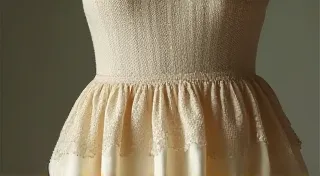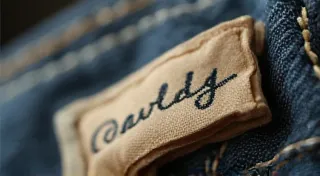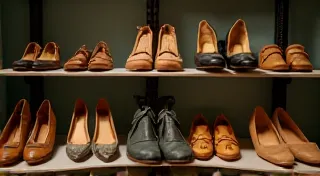Understanding Vintage Fabric: A Guide to Common Materials
Vintage fashion is more than just beautiful clothes; it's a window into the past, reflecting the era's technology, style, and even the societal values surrounding textiles. Knowing what your vintage garments are made of isn't just interesting; it's crucial for proper care and preservation. Different fabrics have different properties, and understanding those differences will help you keep your treasured vintage finds looking their best for years to come. This guide explores some of the most common fabrics found in vintage clothing, offering insights into their characteristics and care requirements.
Silk: Luxurious and Delicate
Silk was a popular choice for special occasions and luxury wear throughout the 20th century. It’s known for its beautiful drape, lustrous sheen, and comfortable feel. There are several types of silk you might encounter:
- Charmeuse: A lightweight, flowing silk with a satin weave. It's incredibly soft but also very delicate and prone to snagging.
- Crepe de Chine: A crinkled silk with a more matte finish than charmeuse. It’s a little more durable, but still requires careful handling.
- Duchesse Satin: A heavier, crisper silk satin often used for formal gowns. It’s more resilient than charmeuse but can still be challenging to care for.
Care Notes: Silk generally requires dry cleaning, especially for delicate pieces. Hand washing in cool water with a gentle detergent is possible for some items, but always test a small, inconspicuous area first. Avoid direct sunlight, as it can damage the fibers.
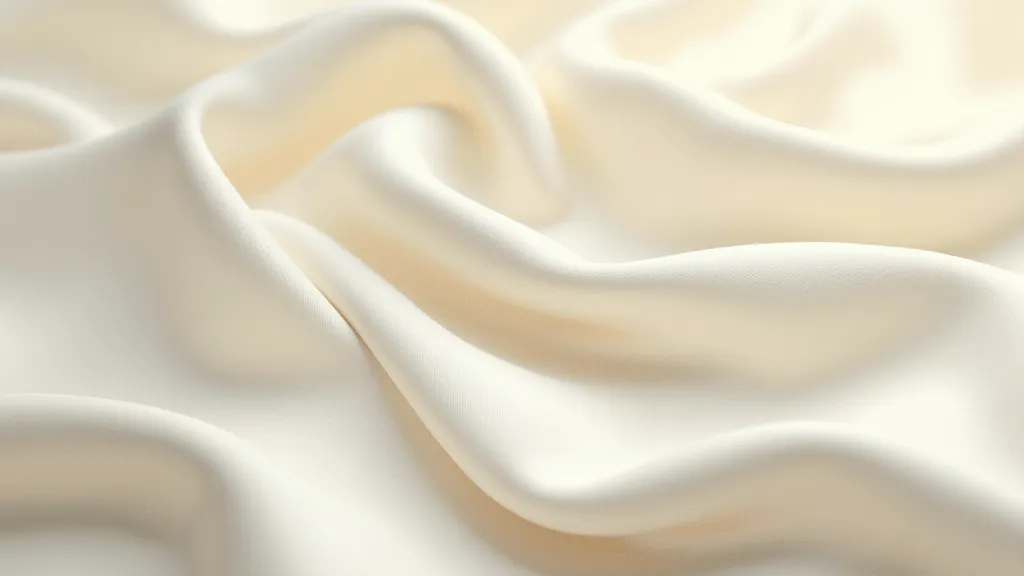
Wool: Warmth and Structure
Wool was a staple fabric for everyday wear, particularly in colder climates. Its warmth, durability, and ability to hold shape made it incredibly versatile. You'll find a variety of wool types in vintage clothing:
- Worsted Wool: A smooth, tightly woven wool known for its durability and ability to hold shape.
- Wool Crepe: A lighter-weight wool with a crinkled texture, offering a softer drape than worsted wool.
- Boiled Wool: A unique wool fabric created by shrinking and felting the yarn, resulting in a dense, slightly textured fabric.
Care Notes: Wool often benefits from dry cleaning. Hand washing in cool water with a wool-specific detergent is possible, but be sure to gently squeeze out excess water – never wring! Lay flat to dry, away from direct heat.
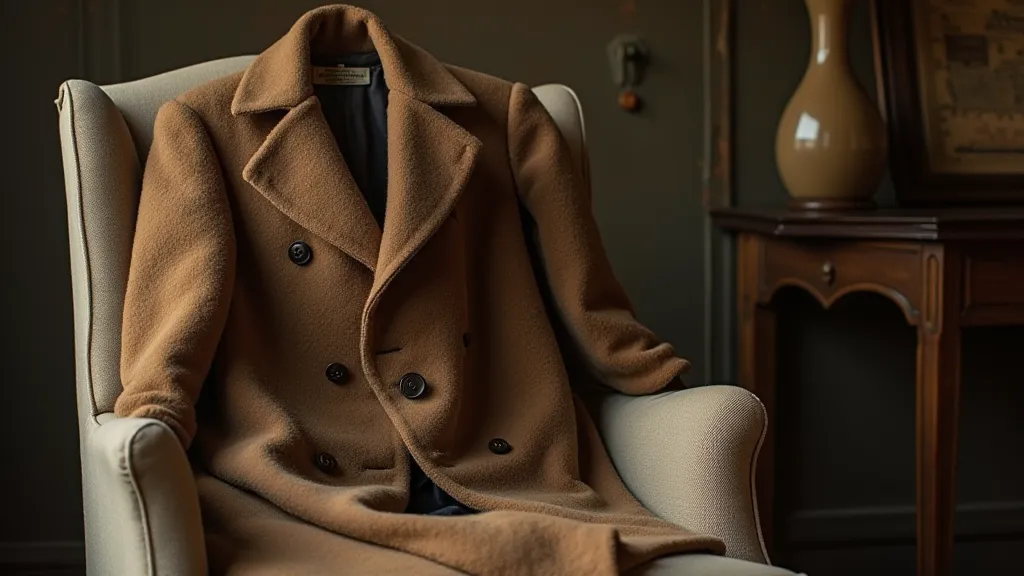
Rayon: A Versatile Alternative
Rayon (originally known as artificial silk) gained popularity in the early 1900s as a more affordable alternative to silk. It drapes beautifully and can mimic the look and feel of silk, but it's also much more delicate.
Types of Rayon:
- Cupro: Often referred to as "imitation silk" or "cuprammonium rayon," is known for a silk-like hand feel and good drape.
- Viscose: The most common type of rayon, known for its soft and flowing feel.
Care Notes: Rayon is notoriously weak when wet, so handle it with extreme care. Dry cleaning is generally recommended. If hand washing is necessary, use cool water and a gentle detergent. Always lay flat to dry. Avoid wringing.

Other Common Vintage Fabrics
Beyond silk, wool, and rayon, you're likely to encounter other fabrics:
- Cotton: While always present, the weaves and finishes varied greatly.
- Linen: Known for its breathability and natural texture, often seen in summer clothing.
- Acetate: Introduced in the 1920s, a semi-synthetic fabric often blended with other fibers.
Understanding the fabric composition of your vintage finds is a rewarding journey into fashion history. With a little knowledge and careful handling, you can keep your vintage treasures looking beautiful and cherished for generations to come.

